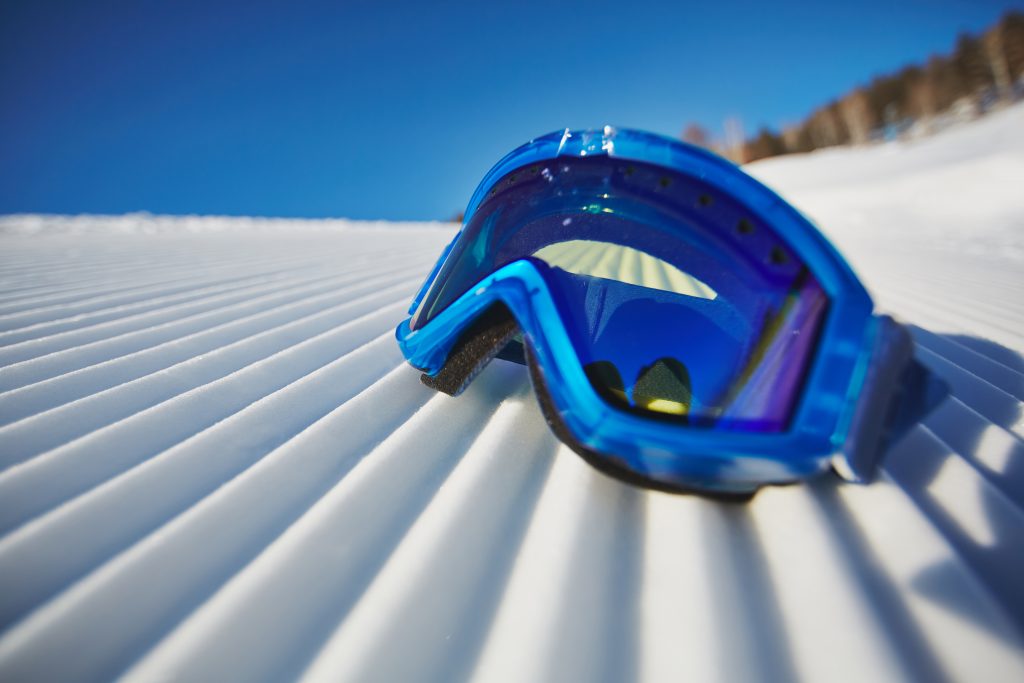Mr Nick de Roeck, Consultant Orthopaedic Hip and Knee Surgeon at One Hatfield Hospital, tells us about the most common injuries seen on the ski slopes and the importance of body conditioning exercises to avoid them.
 If you can navigate the rules and requirements and plan according to restrictions, it looks like skiing is on the cards again this winter! Many of us may be thinking about dusting off the ski gear and sorting the ski passes, but the most important prep you can do this year, especially after a long gap since your last ski trip, is to do the conditioning work to prepare your body for the task.
If you can navigate the rules and requirements and plan according to restrictions, it looks like skiing is on the cards again this winter! Many of us may be thinking about dusting off the ski gear and sorting the ski passes, but the most important prep you can do this year, especially after a long gap since your last ski trip, is to do the conditioning work to prepare your body for the task.
Skiing demands muscles work in a way they are not familiar with. Doing exercises to condition core and leg muscles will reduce muscle pain and fatigue from a day on the slopes. It will also make you less likely to fall and suffer an injury.
As skiing involves travelling at potentially high speeds there is a risk of falls or collisions that will lead to injury. Almost any part of the body can be involved but there are certain injuries seen more frequently.
The most common injuries seen are knee ligament injuries. Medial collateral ligament injuries are probably the most common injury, particularly in those learning to ski using the ‘snow plough’ position. They will heal naturally and are treated without surgery. A brace is sometimes used for higher-grade injuries.
Rupture of the anterior cruciate ligament (ACL) is the next most frequent injury. Modern boots and bindings have reduced the risk of leg fractures but if the binding fails to release in a fall the knee is at risk of ligament injury. It is not usually possible to continue skiing after an acute ACL injury. The longer-term consequence of this injury is an unstable knee when changing direction. This will often require reconstructive surgery, ACL reconstruction, to allow a return to sport.
Snow boarders are more at risk of upper limb injuries than conventional skiers. Shoulder dislocation is the most common of these injuries. Following dislocation the shoulder needs manipulating back into joint and is usually then treated in a sling for a period of time.
Direct falls onto the shoulder can cause clavicle fractures or disruption of it’s joint with the shoulder (acromio-clavicular joint). These injuries are usually treated in a sling whilst healing occurs although if badly out of place they can require surgery.
Finally skiers thumb is an injury related to falling on the hand with the thumb outstretched. It results in the rupture of a ligament needed to maintain grip strength. Partial injuries can be treated in a splint but complete rupture may need surgery to repair the ligament.
Enjoy the slopes, but remember to do the conditioning before you go to reduce your risk of injury.



 One Ashford
One Ashford One Hatfield
One Hatfield